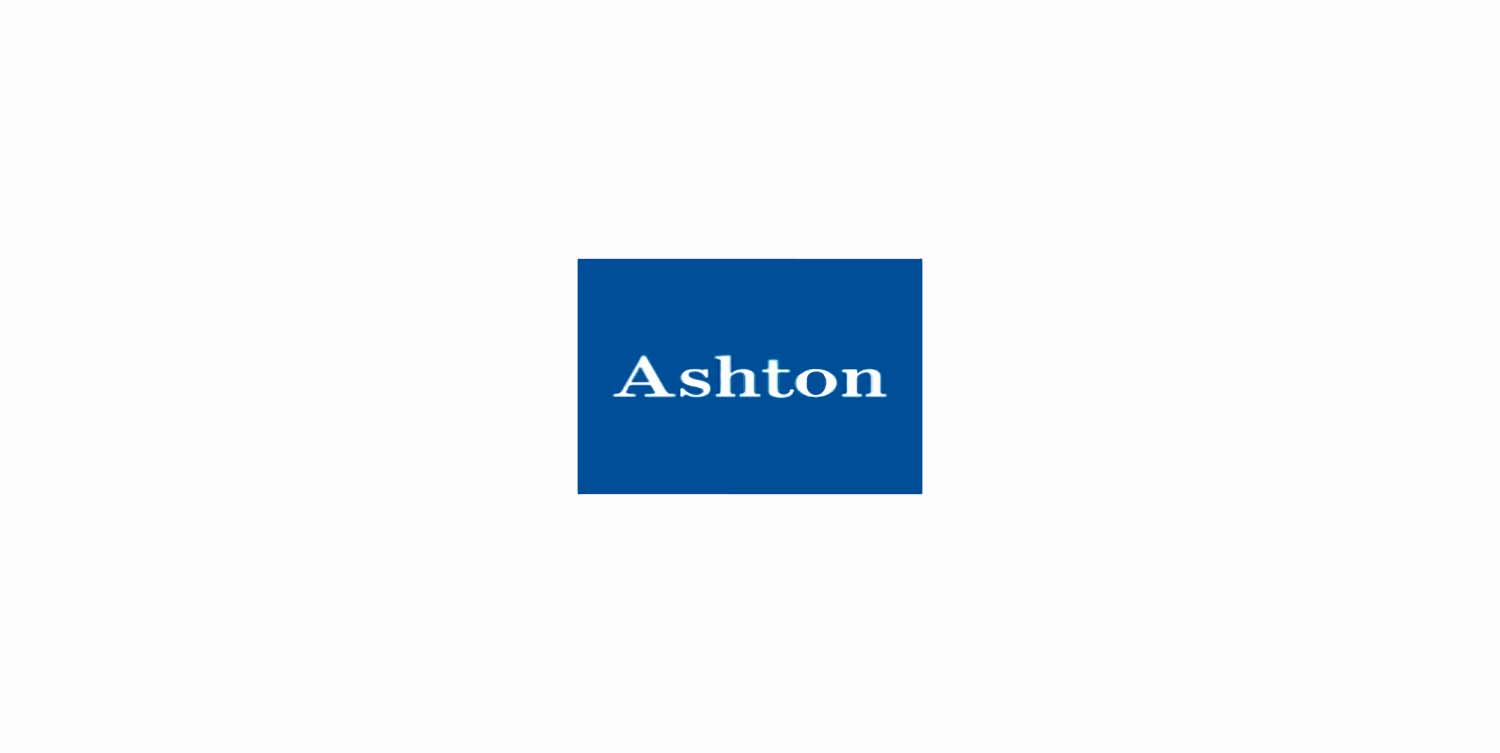Enter your email below to receive weekly updates from the Ashton College blog straight to your inbox.
By: Janice Bandick
Published On: March 4, 2015A refugee is a person who is forced to leave their home because they have suffered (or fear) persecution because of their race, religion, nationality, or political activity; because they are a member of a persecuted social category of persons; or because they are fleeing a war or political upheaval.
In 2014, the Office of the United Nations High Commissioner for Refugees (UNHCR) estimated the global number of refugees was 16.7 million, 7.1 million of whom have been in exile for at least five years. Palestine, Syria, and Afghanistan are the largest source countries of refugees, while Pakistan, Jordan and Syria currently host the largest number of refugees.
According to the UNHCR, developing countries host over 86% of the world’s refugees.
In 2011, Canada was among the world's top ten refugee destinations, receiving 25,000 asylum applications. When combined, the number of asylum claims received by Canada and the United States make up roughly one-third of the worldwide total.
However, the number of people seeking asylum in Canada is dropping significantly despite a global surge in refugee populations, according to the UNHCR. Canada has dropped down the list of destination countries for refugees, going from second-highest in 2008 to 16th out of 44 industrialized countries in 2013. The UNHCR reported a 28 per cent rise in global asylum claims in 2013, driven in large part by the crisis in Syria. Refugee claims to Canada dropped by almost 50 per cent over the same period, according to an Immigrant Services Society of B.C.
In 2014, the number of refugee protection claims in Canada climbed to 13,652.
Refugees can make refugee protection claims under one of two programs:
In December 2012, Citizenship and Immigration Canada (CIC) introduced a new refugee claim system. The reform was meant to significantly reduce the processing time of claims in order to reduce the growing backlog. The changes restricted the refugee claim process for nationals of 42 countries designated as “safe” by the CIC, including Mexico, Hungary and the Czech Republic. Nationals from these ‘safe countries’ have shorter claim times and are not permitted to appeal a negative decision of the Immigration and Refugee Board of Canada. Refugees in Canada also lost access to extended health care benefits, which was previously provided by the federal government until claimants qualified for provincial coverage.
For the past two years, the Immigration and Refugee Board has been running two systems side by side, processing the “legacy claims” filed prior to December 2012 under the old rules by government-appointed adjudicators while claims filed after 2012 are adjudicated by civil servants under the new regulations.
Processing of new claims is down to three months from more than 20 months under the old system, with the backlog reduced by two-thirds to 9,877 claims ’ one-fifth of them in the system for more than three years ’ from the peak of 30,750 in 2012.
The number of refugees accepted into Canada is expected to grow, as CIC recently announced that Canada will welcome an additional 10,000 Syrian refugees and 3,000 Iraqi refugees over the next three years. In addition, CIC is reporting higher refugee protection claim acceptance rates; in 2014 almost half of the 19,960 claims processed were granted, compared to just 38 per cent in 2013.
Kevin Mendard, a spokesperson for Immigration Minister Chris Alexander, said the government is pleased with the results of the reforms so far, noting:
“All claimants continue to have a fair and independent hearing by professional, highly trained officers. Canada remains second to none in its generosity and fairness, but we have no tolerance for those who take advantage of this generosity and consume welfare benefits and precious health-care resources meant for the truly vulnerable who are in honest need of our protection.”
The information contained in this post is considered true and accurate as of the publication date. However, the accuracy of this information may be impacted by changes in circumstances that occur after the time of publication. Ashton College assumes no liability for any error or omissions in the information contained in this post or any other post in our blog.
